

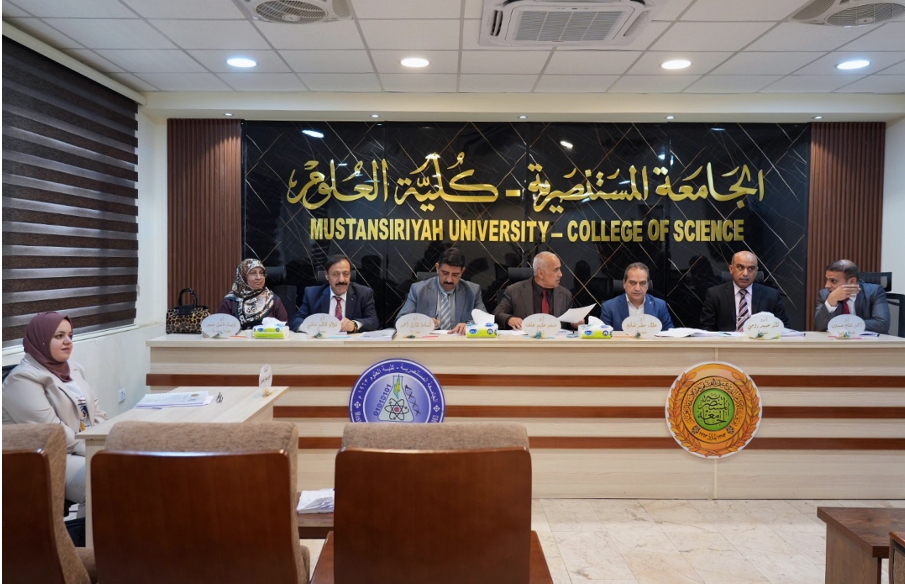
College of Science, Mustansiriyah University discussed a Ph.D. thesis on the effect of atmospheric mixing on the change in the spectral fingerprint of the components of the surfaces of the City of Baghdad in satellite image ranges by the postgraduate student, Ms. Iman Saad Hassan.
The thesis aimed at studying the extent to which the conditions of
atmospheric mixing occurring due to the vertical convection movement of the
atmosphere and the horizontal mechanical movement affect the change in the
spectral signature of the components of the surfaces of the City of Baghdad in
the ranges of satellite images of the satellite (Sentinel-2) and to determine
the most affected spectral range by turbulent weather conditions and finding an
equation to determine the relation between the atmospheric mixing of the
specific surface of the city of Baghdad with the corresponding bands with
specific spectral reflectance, as well as atmospheric correction of moon images
to obtain more accurate images that can be used in measuring spectral
reflectivity.
The thesis highlighted that plants have a high reflectivity in the
near-infrared (NIR) range, while open areas, water bodies, and residential
areas have a higher reflectivity in the red (RED) range, compared to both types
of near-infrared (NIR) and short-wave. (SWIR) and the month of June witnessed
the recording of the highest values for both solar radiations, mixing layer
height and spectral reflectivity spectral reflectance is more affected by solar
radiation than by atmospheric mixing layer height and the short-wave infrared
band is the spectral band most affected by the atmospheric correction procedure
(SWIR).
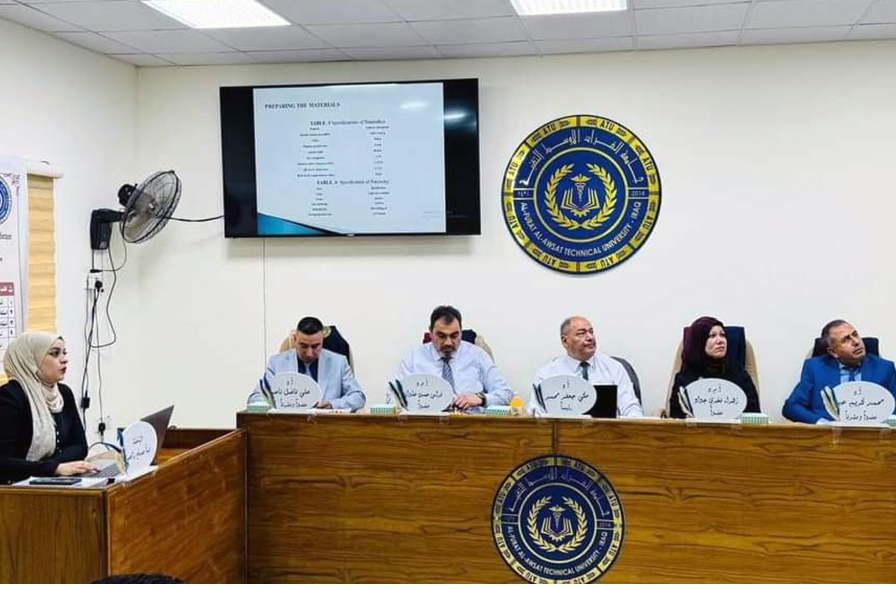
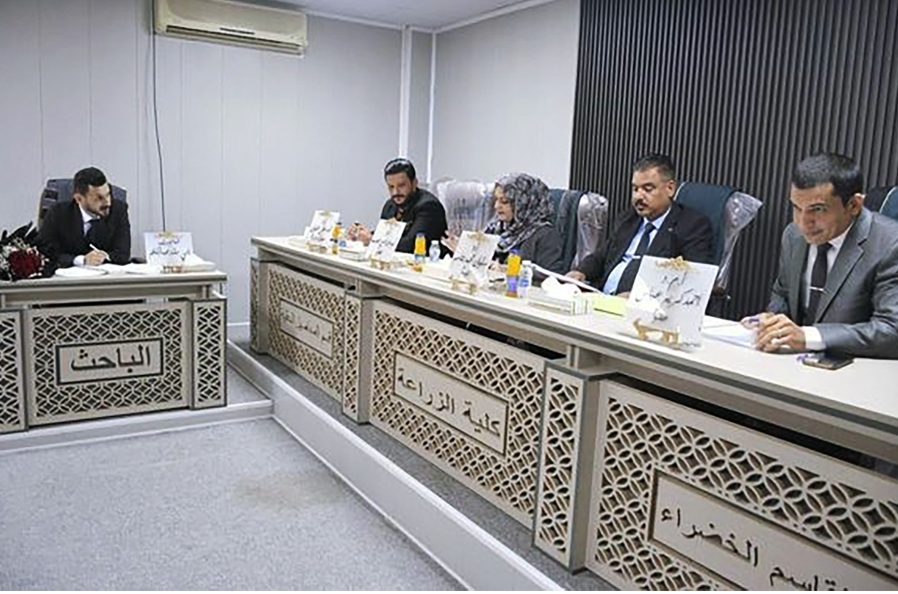
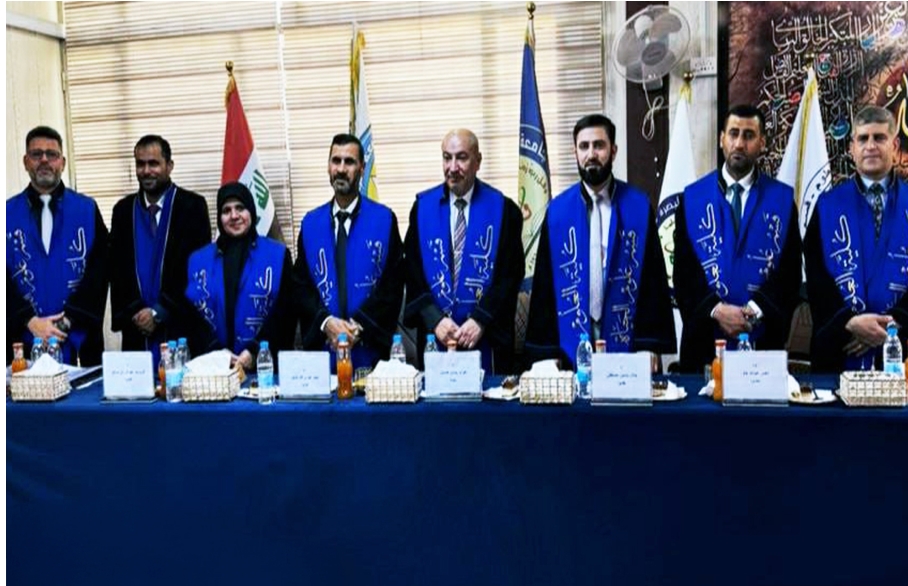
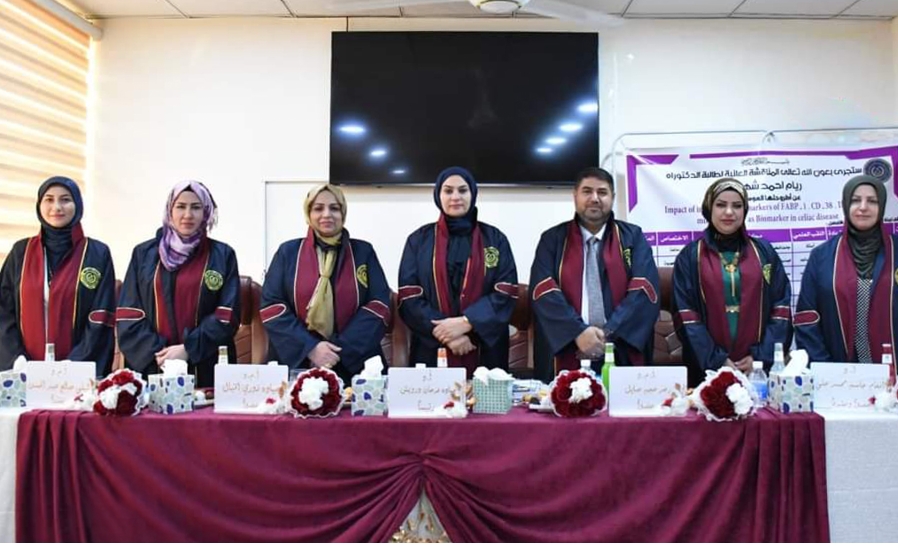
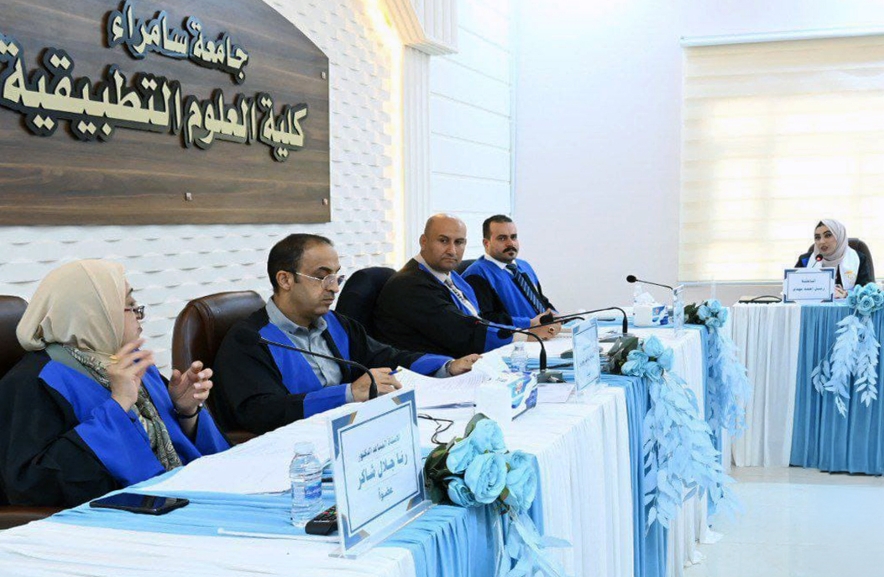
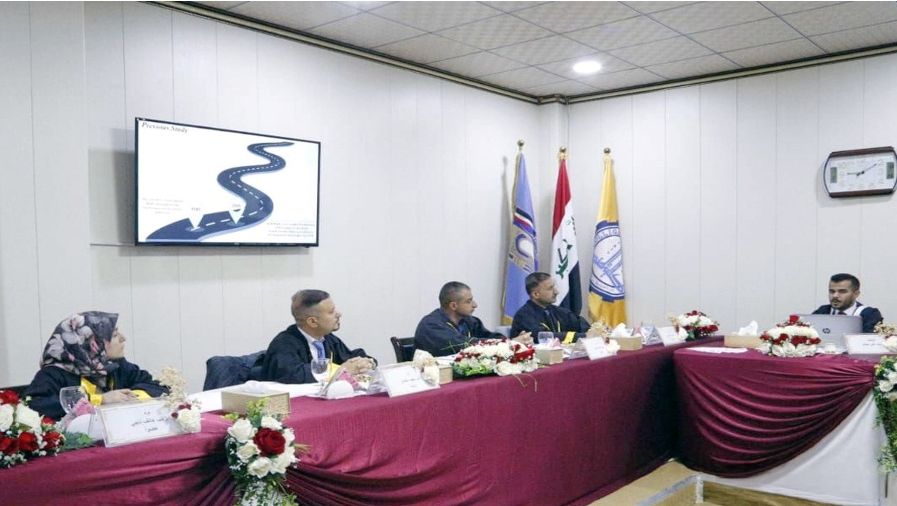
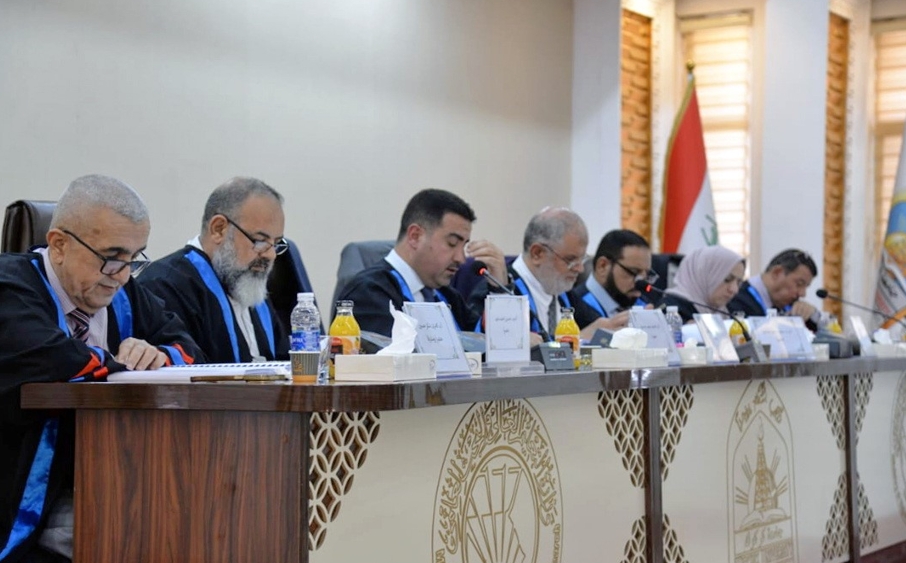
Contact us for any inquiries about the services provided by the Ministry of Higher Education and Scientific Research